There is nothing more panto than a dame. The grandmother of today’s dames is Dan Leno (1860–1904), a champion clog dancer and music-hall performer, not much taller than Ronnie Corbett. He was preceded by others, notably James Rogers, who in 1861, in Aladdin,played a character called Widow Twankey, named after a cheap and revolting tea. But Leno was the first modern prototype dame – a befuddled genius in a frock with a fantastic line in patter. He created the role of Mother Goose in a play written for him by J. Hickory Wood and starred in a legendary run of 16 pantos at Drury Lane that finished him. He died insane and an alcoholic at the age of 43 – a warning to his artistic descendants.
Fast forward to Theatre Royal Plymouth, 1992. Les Dawson is playing Ada the cook in Dick Whittington with russet hair buns and his trademark grimace: ‘Good evening, boys and girls of all ages’… pause while he adjusts a buttock… ‘My piles are killing me.’ The laughter ricocheted off the gods. Dawson’s dame was indebted to Norman Evans, a northern dame much adored in his day and apparently also fond of oversharing medical complaints.
Mother Goose is this year’s panto at the Hackney Empire, a haunt of Leno’s and one of the most beautiful theatres in the world. It was Mother Goose that established a style of cross-dressed performance which, with a nod to the downtrodden everywhere and a sweet pathos, can still be seen in Hackney’s resident Dame, Clive Rowe. Mother Goose is for him the big one, ‘simply because it’s the only panto that’s all about the dame. It’s her story.’
Clive was one of the first black dames in Britain. He grew up in the lively amateur panto tradition in Lancashire. His voice is superb (many dames are shocking singers) thanks to his training in musical theatre. He’s also known for his wardrobe. This year he has nine costume changes, the fastest is 28 seconds. ‘We are very family-orientated. The kids do what they want – shouting, clapping, singing – and they go home exhausted. That is our gift to the parents. When they get home, they sleep.’
Berwick Kaler, from Sunderland, played dame in York for 40 years from 1977 at the Theatre Royal – an unbeaten record at a single venue. He’s now out of retirement – dames are hopeless addicts – and working this year at the city’s Grand Opera House in Old Granny Goose, the title being a reflection of his age. At 76, mind you, he’s a spring chicken compared with Ian McKellen’s octogenarian Mother Goose (on tour prior to the West End) that is his follow-up to his recent wrinkly Hamlet. Panto is, incidentally, not unShakespearean. As Leno put it: ‘Ah! What is man? Wherefore does he why? Whence did he whence? Whither is he withering?’
‘I don’t tell the audience I’m a man. But they never think otherwise,’ Kaler says. His dame looks like a Wearside welder in a wig. No cupid bow lipstick or falsies for him. He is about as camp as a bag of rivets. ‘I am a traditional dame yet I don’t wear make-up. I put on a wig and boots and a frock and walk on. That’s it. People laugh. I don’t take the mickey out of women.’ The biggest laugh he ever got? ‘Ooh, probably when I told the pantomime cow called Patricia she wasn’t actually human. I said: “You’re a cow, Pat.” The kids bloody loved that.’
The Kaler panto format is scant of plot with heavy adlibbing, catchphrases and chocolate Wagon Wheels flying around the stalls like shrapnel. Kaler lost both parents by the age of 11 and that affected his outlook in such a maternal role. ‘I am very conscious of what I say to children who may not have parents. I am wary of assumptions. My other belief is that panto should be local. You don’t need stars.’
Blue gags are rare. Dames don’t go near them as a rule. Though you will still find saveloy humour from the incorrigible Julian Clary – this year starring in a reprise of Jack and the Beanstalk at the London Palladium – who announced that he always looks forward to snow for a white Christmas: ‘I love waking up with a good ten inches outside my back door.’
Men and women, many of them gay, have prospered in the mainstream thanks to panto and thanks to the dame. Nothing is more inclusive than pantomime – a raucous, pie-chucking, democratic art form that defers to no one and is virtually impossible to explain to foreigners. It also has a unique ability to enchant young’uns. Its plots, delivered in village halls or huge auditoriums, are built on engrossing old fables. All of which makes panto a crucial money-spinner for theatres, often subsidising the rest of the season.
John Inman, Terry Scott, Danny La Rue (who earned the ire of some panto dames for being a drag act) and others became icons of the business. The now forgotten Jack Tripp was, I would say, an ideal sort of dame. His act was to be kind and very maternal. He was amazingly fleet of foot, well pressed, tidy and a terrific hoofer. He also had a ready wit off-stage. Once, when working with Basil Brush, Basil’s minder, Ivan Owen, said that he had been burgled but that the thieves had taken nothing. ‘How humiliating,’ replied Tripp.
Panto expert Roy Hudd used to say to actors being tried out for Dame: ‘If you’re half-decent in the role, beware: you’ll never play anything else.’ That’s pretty much what happened to Christopher Biggins. ‘This year I am back in Darlington [Hippodrome] where I started 46 years ago as dame,’ he says. ‘When I was asked to do it, I said: “How dare you?” Every dame I knew seemed to be in their eighties. It was a part for old men and I was 27. But then they mentioned money. I was offered £1,000 a week. So I did it.’ This year Biggins is playing the newfangled part of Mrs Smee in Peter Pan. He doesn’t wear bosoms. (He only once did – in Southend when he came on as Pamela Anderson opposite Baywatch’s David Hasselhoff.) Many dames don’t bother with them. Arthur Askey, for example, was flat-chested and had only one wig.
The dame role is to befriend and to generally chaperone the children as they enter the world of the story. Children and their capacity for make-believe sustain the business. ‘What I love more than anything is the audience,’ says Biggins. ‘This year we are [post-Covid] back to having children up on the stage for the song sheet, which I am thrilled about.’
Clive Rowe is not worried about the trend for woke innovations in pantoland, such as women being cast as dame. As far as he’s concerned, the role may be played by anyone: ‘Any gender can play any part as long as it’s funny and it works. Political correctness can be a positive thing.’ Biggins is not so sure. ‘When I started, the Principal Boy was always a girl, now she’s changed to a man. It’s upsetting, though I can see that the boys in the audience want to have a male hero figure. But there are dames now being played by women and it’s going to happen right across the board if woke continues. That would be a great shame. Kids love the fact that it’s a man in female costume and for them it’s still wonderfully funny. Why change it?’
The post The art of the panto dame appeared first on The Spectator.
Got something to add? Join the discussion and comment below.
Get 10 issues for just $10
Subscribe to The Spectator Australia today for the next 10 magazine issues, plus full online access, for just $10.
You might disagree with half of it, but you’ll enjoy reading all of it. Try your first month for free, then just $2 a week for the remainder of your first year.

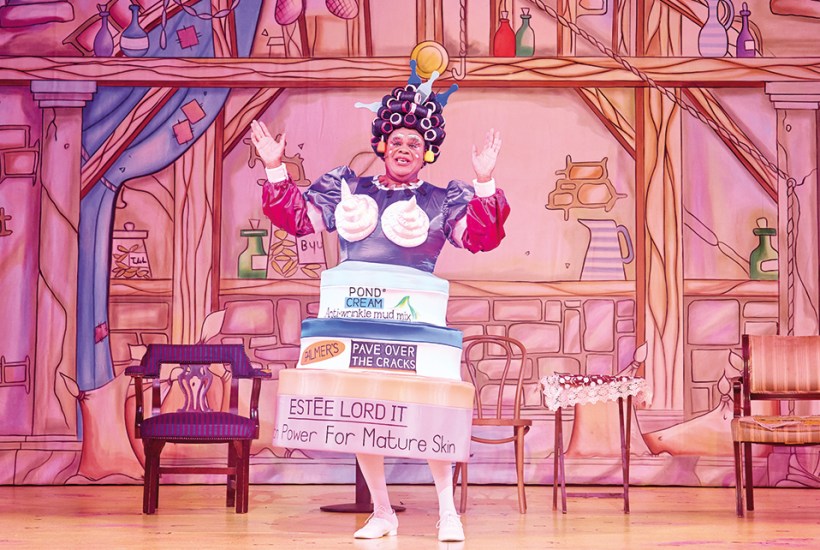
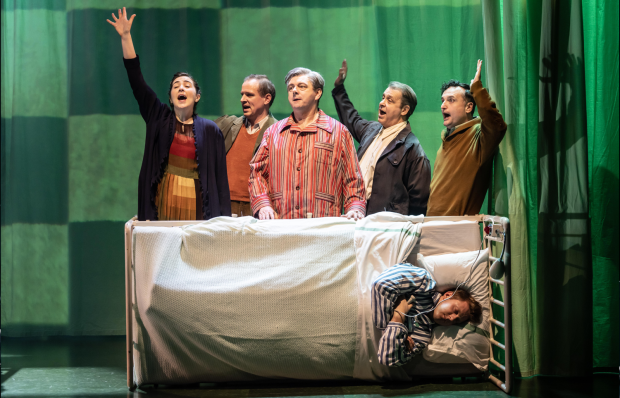
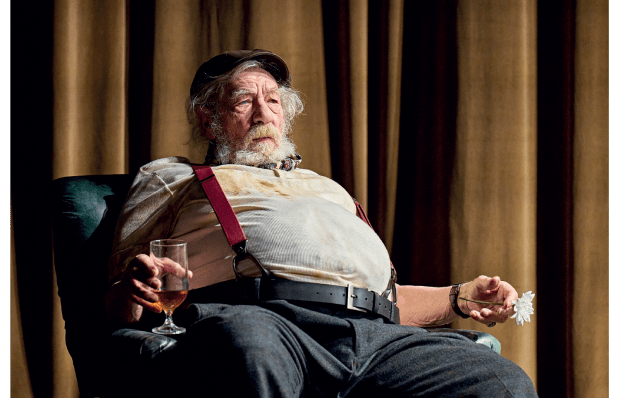
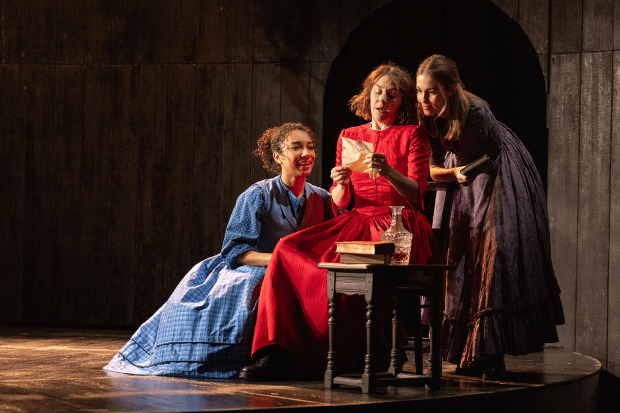
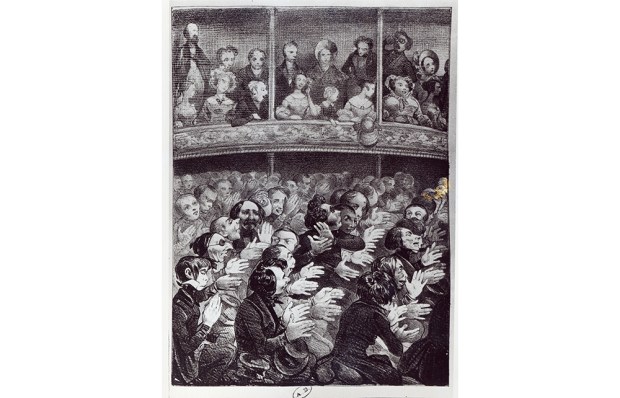
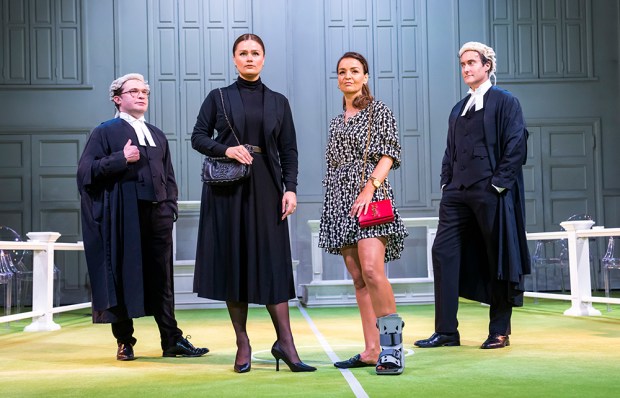
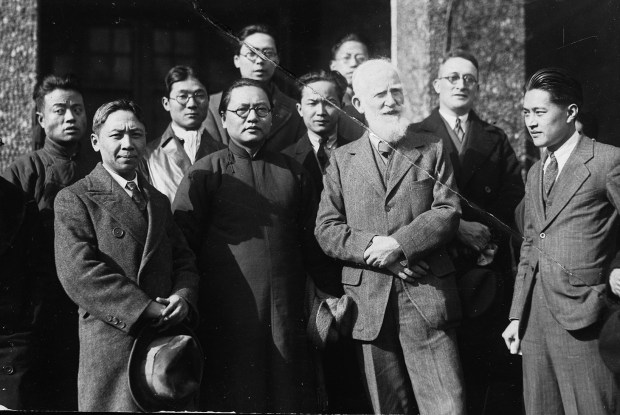






Comments
Don't miss out
Join the conversation with other Spectator Australia readers. Subscribe to leave a comment.
SUBSCRIBEAlready a subscriber? Log in